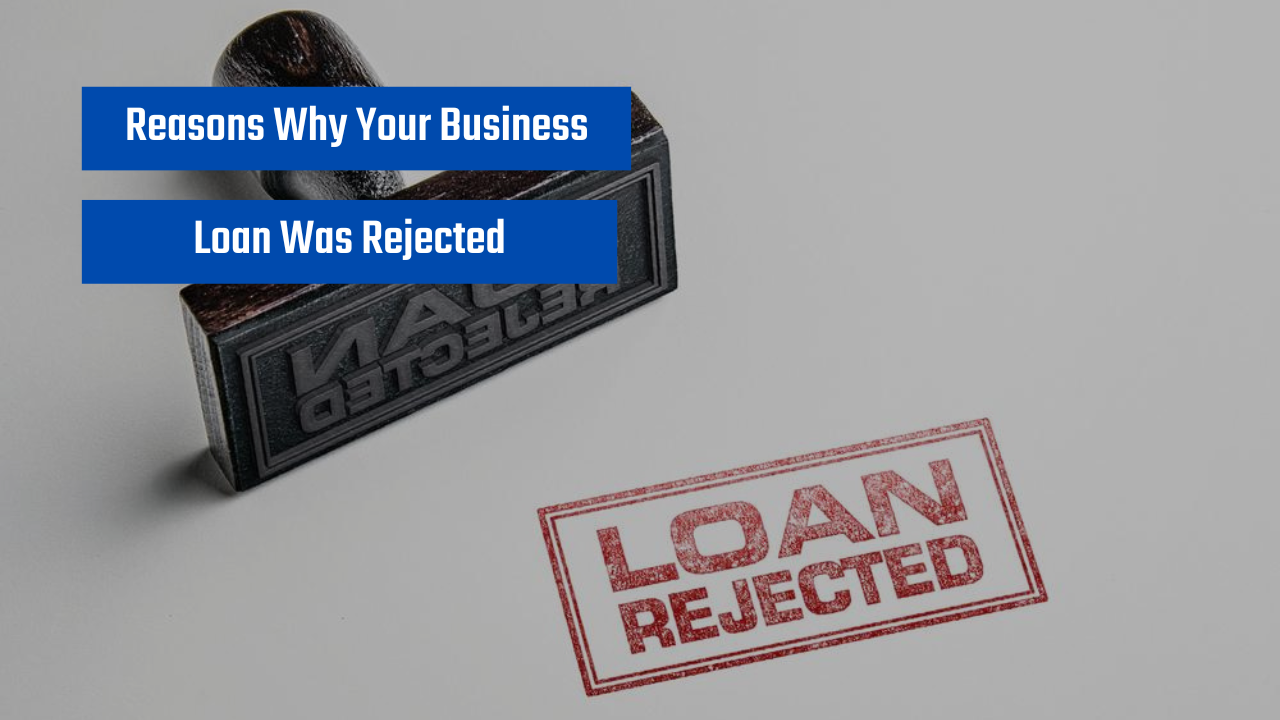5 Reasons Your Education Loan Might Get Rejected sets the stage for a crucial discussion about loan applications. Navigating the complexities of education loan approvals can be challenging, and understanding the potential pitfalls is key to securing your funding. This overview explores common reasons why applications are rejected, providing insights into crucial factors like income verification, credit history, application completeness, co-signers and collateral, and loan amount justification.
This guide delves into five key areas that often cause rejection. From the stringent income verification process to the importance of a strong credit history, we’ll examine each aspect in detail. Understanding these elements can help you avoid common mistakes and increase your chances of loan approval. Let’s unpack each of these critical factors together.
Insufficient Income Verification
Education loan applications are often rejected due to insufficient or inaccurate income verification. Lenders meticulously assess applicant income to ensure the borrower’s ability to repay the loan. This meticulous process protects both the lender and the borrower, ensuring the loan’s viability and preventing potential defaults.Lenders need verifiable proof of income to gauge a borrower’s capacity to manage the financial obligations associated with the loan.
The specific requirements and criteria for income verification vary among different lenders and loan programs. Understanding these requirements is crucial for a successful loan application.
Common Reasons for Income Verification Rejection
Lenders reject applications due to inconsistencies or gaps in income documentation. This often includes issues with the format, type, or validity of the submitted documents. A lack of sufficient supporting documentation to substantiate claimed income is a common reason for rejection. Unclear or incomplete financial statements also fall under this category. Mismatched or incorrect information provided on the application forms and supporting documents is another key factor.
Types of Income Documents Required
Loan applications typically require multiple types of income documents. These documents can include pay stubs, tax returns, bank statements, and other official financial records. The specific documents required may vary depending on the lender and the borrower’s employment status.
Criteria for Assessing Income Adequacy
Lenders evaluate income adequacy based on various factors. These factors often include the borrower’s current income, the projected income for the duration of the loan, and the overall financial stability of the applicant. Consistent income streams are preferred, and lenders scrutinize for any inconsistencies or significant fluctuations. Lenders may also consider the applicant’s existing debts and other financial commitments.
Lenders consider the loan amount and the repayment terms in conjunction with the applicant’s income to ensure the borrower can manage the loan’s financial obligations.
Comparison of Income Verification Methods
| Income Verification Method | Description | Acceptance Rate (Estimated) | Lender Acceptance Variations |
|---|---|---|---|
| Pay Stubs | Proof of regular income from employment, showing earnings over a specific period. | High | Acceptance rate varies based on the lender and the consistency of income. |
| Tax Returns | Official documentation of income and deductions for a specific tax year. | High | Lenders scrutinize the accuracy of tax returns and look for any discrepancies or inconsistencies. |
| Bank Statements | Record of account activity, showing deposits and withdrawals, to corroborate income and financial stability. | Moderate | Lenders examine transaction patterns and the consistency of income inflows. |
| Employment Letters | Official confirmation of employment, including salary details and employment duration. | High | Verification of employment details is important to establish consistent income. |
Examples of Rejected Income Documents
- Incomplete or Uncertified Tax Returns: A tax return lacking necessary certifications or missing essential information is often rejected. This could include missing signatures, incorrect forms, or a lack of supporting documentation for claimed deductions.
- Outdated Pay Stubs: Pay stubs older than a certain period are often considered invalid proof of current income. This is particularly true for ongoing employment situations where the income has not changed drastically.
- Bank Statements with Insufficient Transaction History: Bank statements with a limited transaction history may not adequately demonstrate a stable income. A sufficient history of income deposits is often necessary.
- Self-Employed Income Documentation Issues: Self-employed individuals may encounter issues if their income documentation is not sufficiently detailed. This often includes insufficient records of income and expenses, leading to concerns about the accuracy and validity of reported income.
Minimum Income Requirements
| Loan Program | Minimum Income Requirement (Estimated) | Additional Notes |
|---|---|---|
| Federal Student Aid | Varies significantly based on the specific program and the borrower’s financial situation. | The minimum income requirements are often based on eligibility criteria. |
| Private Education Loans | Varies considerably based on the lender and the loan amount. | Minimum income thresholds often correlate with the loan amount and the terms of the loan. |
Poor Credit History
Your credit history is a critical factor in securing an education loan. Lenders meticulously review your credit report to assess your creditworthiness, determining your ability to repay the loan. A poor credit history can significantly hinder your application, potentially leading to rejection or unfavorable loan terms. Understanding the connection between your credit score and loan eligibility is essential for a successful application.Lenders use credit scores to gauge your risk as a borrower.
